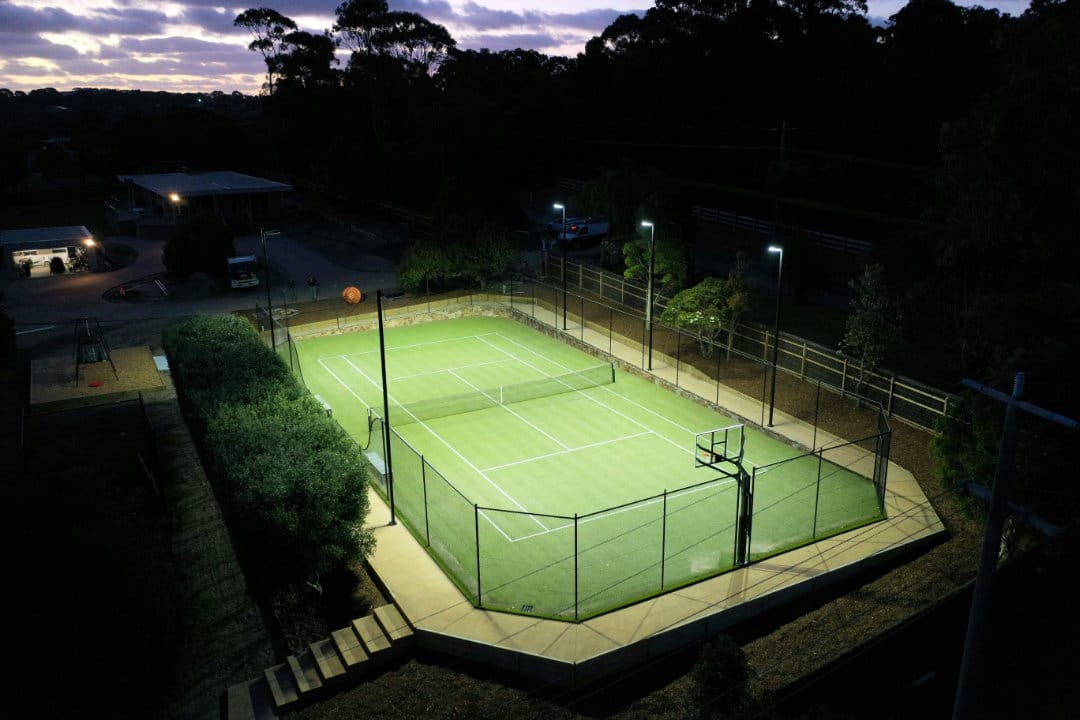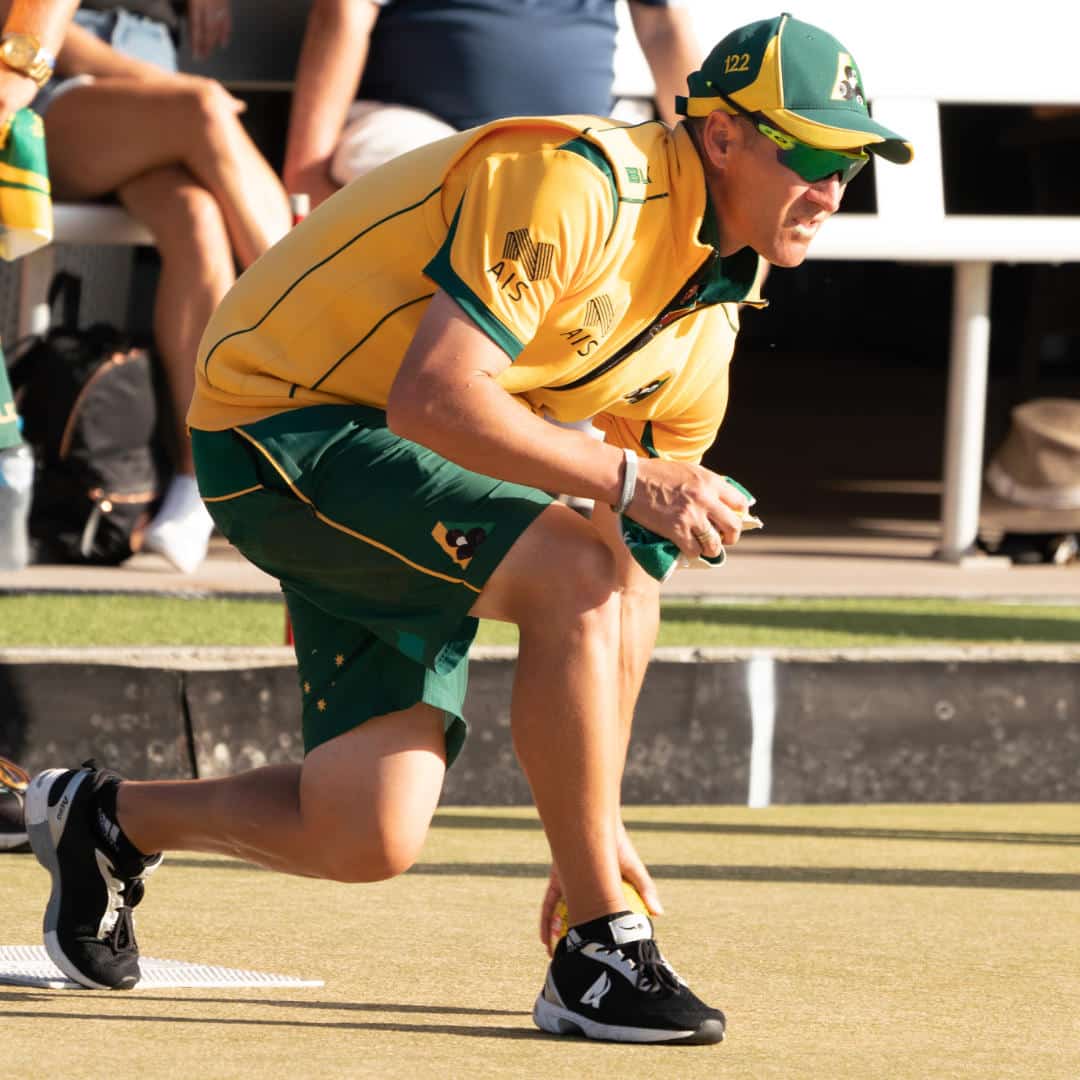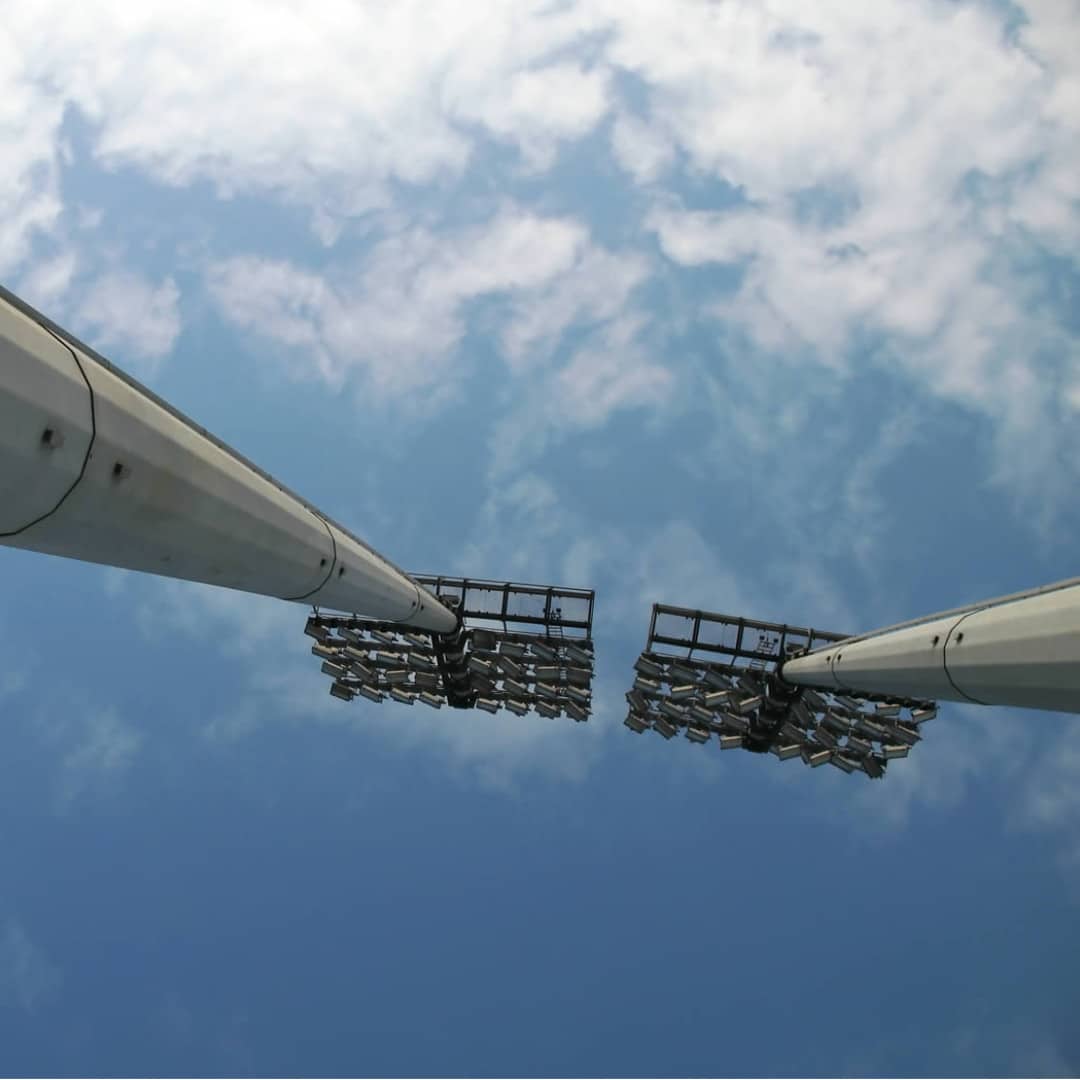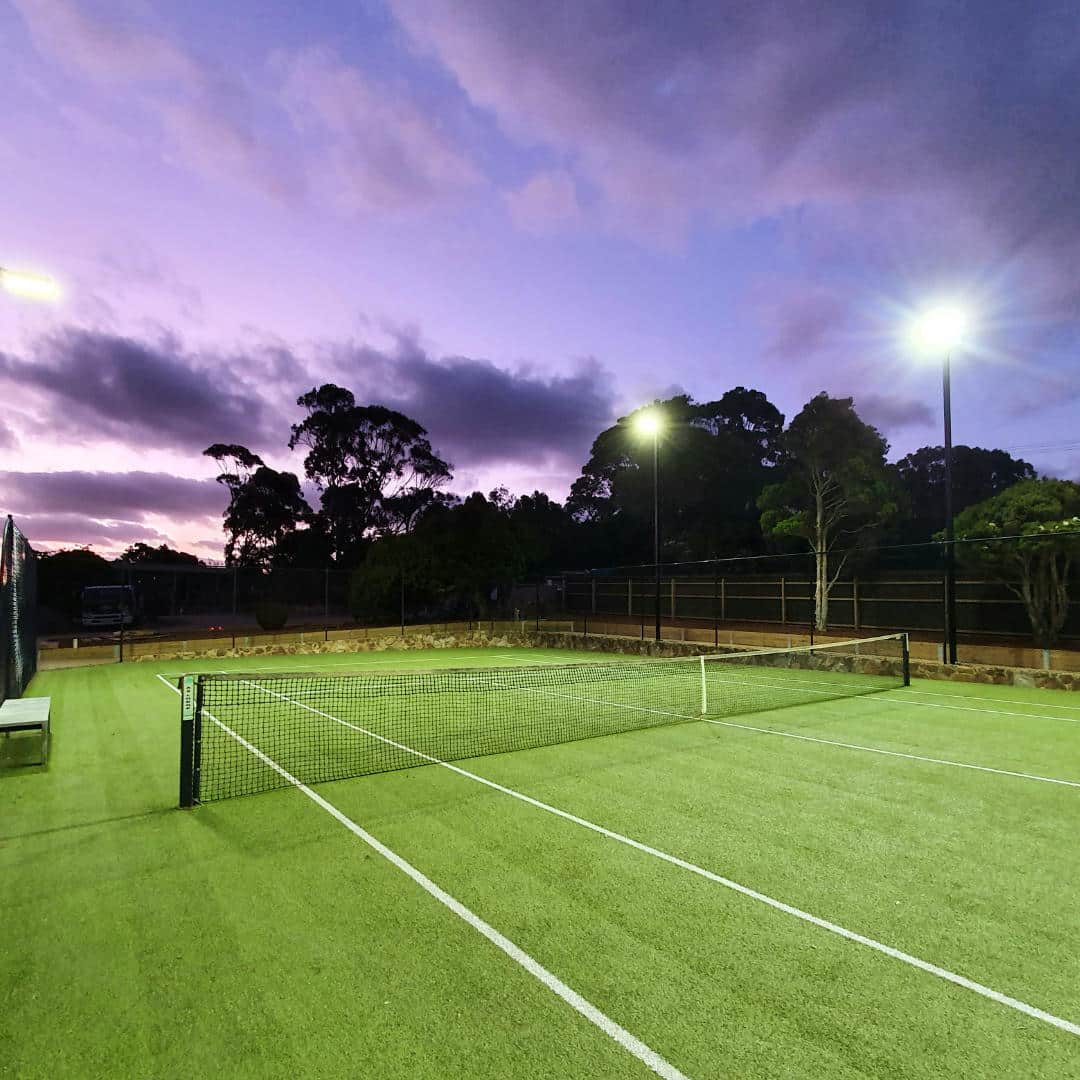
When LED hit the lighting scene in a big way 15 years ago, many thought that there could be nothing to improve on it. As innovation ramped up and the product improved, the LED manufacturers built a strong wall around performance and efficiency making it a high bar to improve on. With the history of incandescent lamps spanning over 100 years of success without much challenge, the LED pioneers probably hoped for similar time to capitalise on their investment. However, running not far behind was another disruptor in lighting – Laser.
The laser light has been used for years as a focused pencil of light in red or green. Used to amuse, annoy, aim, or whatever else the owner found it to be able to do. Whilst this has been the case for decades, a more serious use was brewing in R&D labs around the world – and that was to ultimately replace LED as a more efficient and effective light source.
The case for laser is strong, particularly in an era of electric cars where every saving in power is useful. Laser uses about half the energy of LED but is (at this stage) much more complex to manufacture. Although the laser itself can be very small, due to the high energy there is a large amount of heat that needs to be dissipated. Lasers are also much more sensitive to heat and whereas LEDs can comfortably operate up to 100°C, lasers are likely to cause issues over 60°C.
Focus is another issue. By default an LED gives a ball of light. To make these rays functional, optics and reflectors have to control that light and direct it. By contrast, lasers create a pencil of intense light which is not very functional for most lighting applications. This pencil therefore needs to be split up or diffused to make it more useful, but this needs to be done without affecting the efficiency too much. There are currently a number of manufacturers experimenting with different ways of doing this to produce an LED-like result, all with mixed success.
Manufacturers of the new laser chips claim impressive numbers. In an article Osram claims that the brightness of one of their diodes is 4 times greater than an LED. This has big implications in terms of size requirements, particularly in areas like cars where space is always at a premium. In these applications the focus of the laser becomes an advantage. Although having to ‘spread’ the beam has challenges, the converse is true with LED, where the beam has to be focused.
Whilst the technology is still very much in ‘beta’ phase, there’s enough evidence, and enough muscle behind it, to show that we’ll be seeing more of it in the future.


